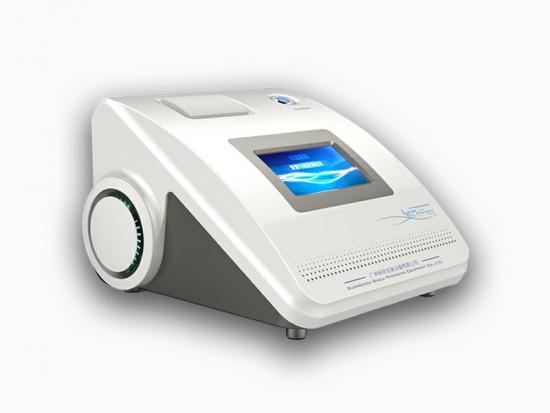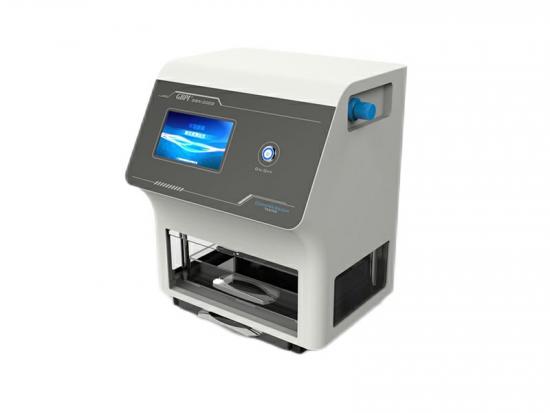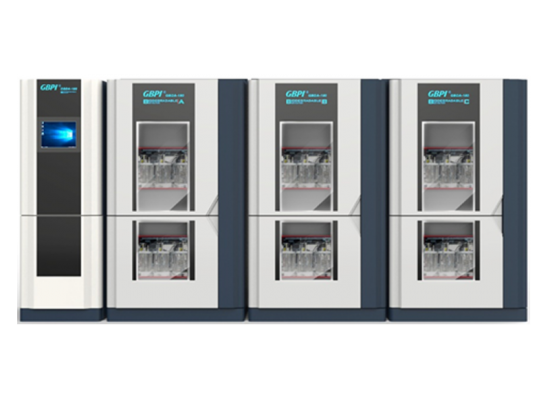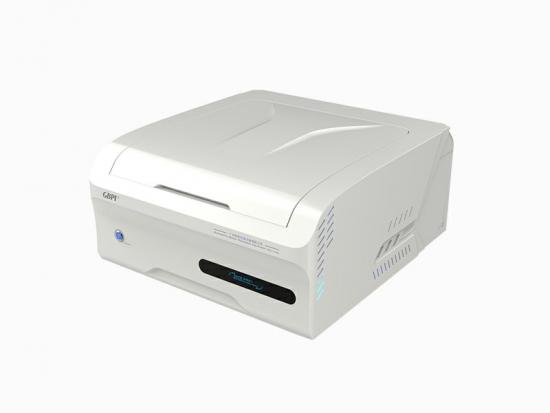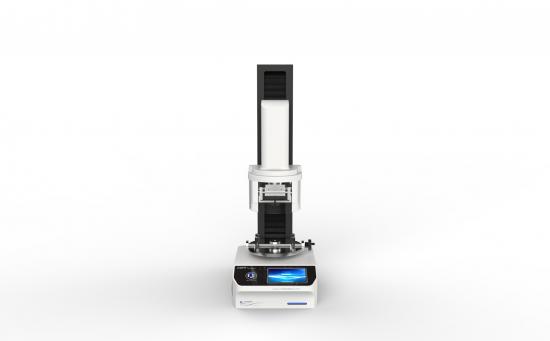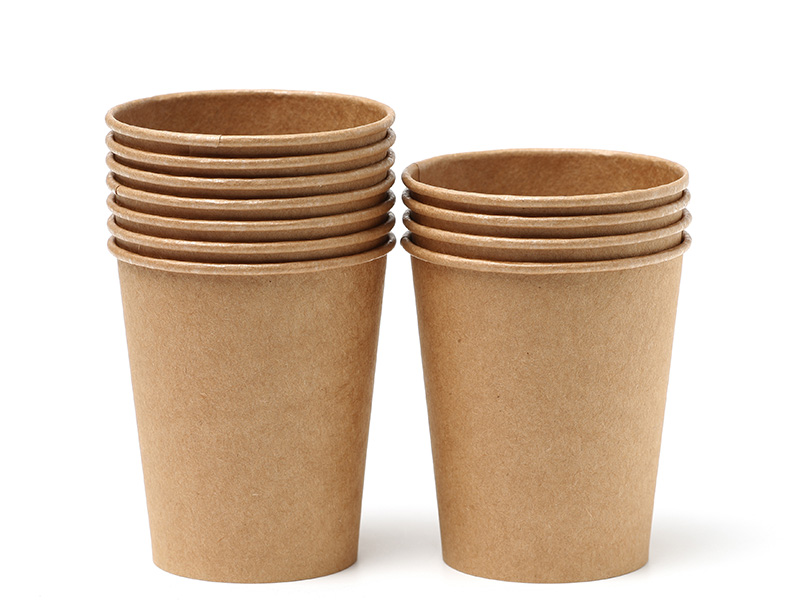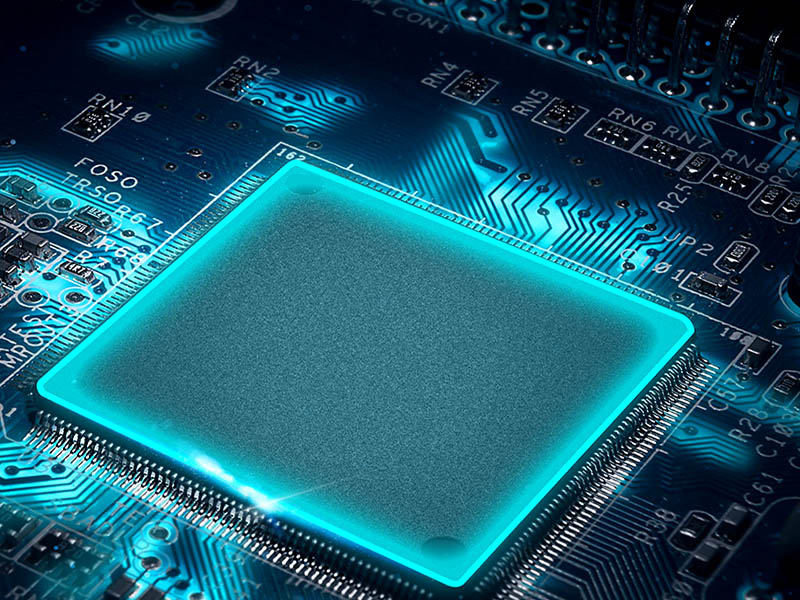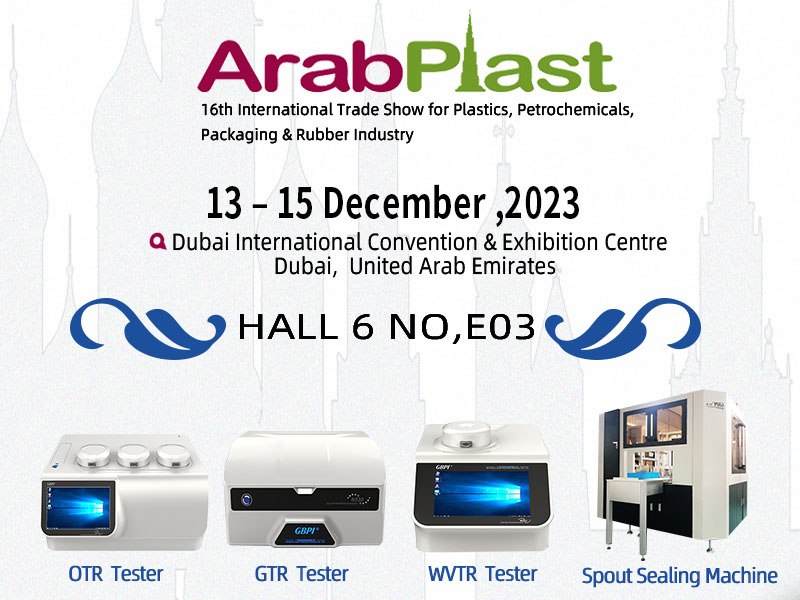Paper cups are one of the main disposable packaging containers. The general raw materials of disposable paper cups are food-grade wood pulp paper and food-grade PE film, although the outer layer is paper, but the contact with food is the inner plastic film. In the process of use, disposable paper cups usually come into contact with high temperature, acidic and alkaline liquids, and if the paper cups contain more migratory substances, this will migrate to the human body through the food in the process of use, which will have an impact on human health. In order to ensure its safety,worldwide countries have established their own designated food contact materials testing regulations, such as the U.S. FDA 21 CFR, the European Union EU NO 10/2011, Germany LFGB, France DGCCRF, Japan JFSL 370, Italy D.M.21/03/73, UK SI 898, China GB 4806, GB 9685, GB-31604.8. Experimental principles The migration test is performed by selecting the appropriate pretreatment conditions and food simulants according to the characteristics of the food products to which the samples will be exposed in the actual use scenario. The evaporator cup is heated at a set temperature, cooled, weighed, and the procedure is repeated until a constant weight is reached. The simulants were added into the evaporation cup, evaporated in a water bath, dried in a chamber heated to 105℃, and cooled. After the evaporation dish is cooled, the constant weight is determined by a balance (with a sensitivity of 0.01mg), and the experiment is terminated to meet the constant weight requirement of the project. Full-Automatic Total Migration Tester ZF900 Experimental conditions Food simulants selected 4% acetic acid (v/v) and 20% ethanol (v/v); experimental conditions for 70 ℃, 2h; samples for disposable paper cups using the filling method, paper cups filled volume of 150mL food simulants ,S according to the actual contact area for calculation, the number of samples for a blank and 2 parallel samples. The experimental process A food simulant of V=150mL was measured in a measuring cylinder, filled into a disposable cup, sealed with two layers of plastic wrap, tied with a rubber band, and immersed in a preheated oven at 70°C for 2h. A 4% acetic acid blank solution and a 20% ethanol solution were made from the same batch. The contact surface of the food simulants in the disposable cups was calculated as S. A 4% acetic acid blank and a 20% ethanol solution were made from the same batch. Quantitatively measure 100 mL of the pre-treated sample solution, denoted as V1. The solutions were separately added to the AUTO ZF900 Total Migration and Nonvolatility Tester for testing. The automated process of constant weight in empty cup, evaporation in water bath, constant weight in residue and solvent recovery was carried out. Analysis of results The assay data of disposable paper cups measured in 4% acetic acid and 20% ethanol food simulants are shown in Table 1....
View More

 info@gbtest.cn
info@gbtest.cn



 en
en ru
ru es
es ar
ar

